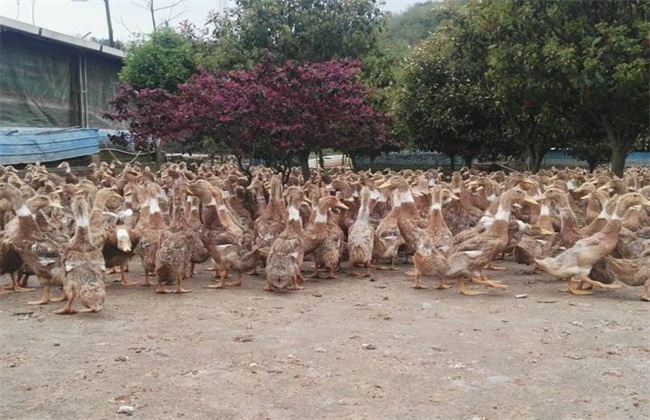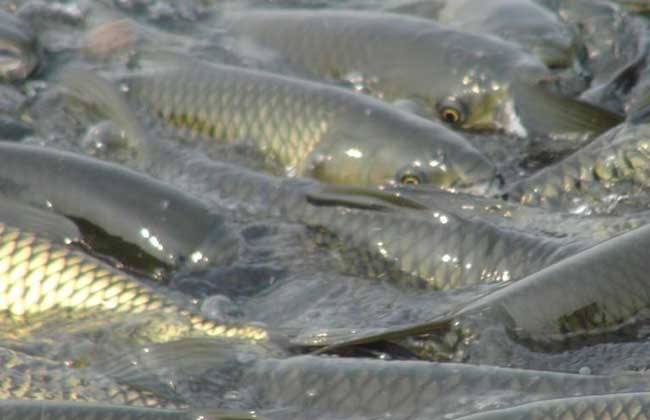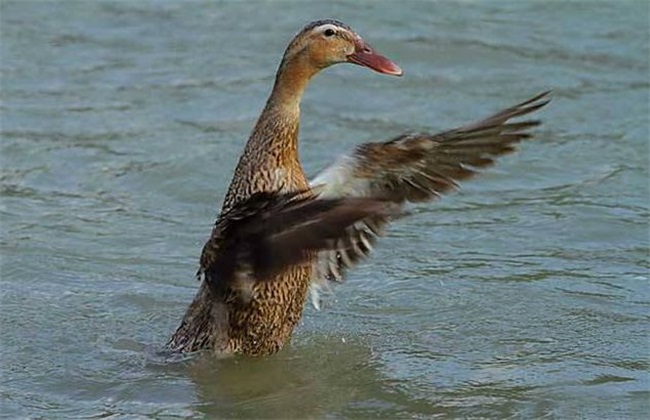Key points of incubation Management of Linwu Duck
Linwu duck is a very popular duck breed, which belongs to meat duck breed. The breeding area is mainly concentrated in Hunan Province, with the gradual expansion of the market, Linwu duck breeding is also gradually out of Hunan Province. Now there is a certain degree of farming in most provinces in the south. When raising Linwu ducks, hatching management is very important. So how do we manage it during the incubation period of Linwu duck? Let's take a look at it with the editor.

1. Prepare before hatching
Linwu usually mate in the water and then lay eggs in the lounge at night. Therefore, in the second morning, we must first do a good job of picking up eggs, first drive all the ducks out of the duck house, do not go too far, prevent the ducks from being frightened, appear stress reactions, and reduce the laying rate. Then put the eggs in the incubator box and thoroughly disinfect the incubator a week or so before hatching. And the testing of the machine should be done well, and when all the preparatory work before hatching is done, the hatching work can be carried out.
2. Egg selection and disinfection
In order to improve the quality of ducklings during hatching, we should do a good job in selecting breeding eggs. Breed eggs to ensure integrity, uniform shape and no damage, the weight is controlled at about 70 grams. Pay attention to the action when laying eggs to avoid breaking the eggs caused by too much weight. Disinfect the breeding eggs after putting them into the incubator, and fumigate the breeding eggs about 5 hours before hatching. Potassium permanganate is the main disinfectant, we should pay attention to control the dosage, not too much. Pour the disinfectant into the bottom of the incubator, close the door for about half an hour when there is smoke, and hatch after disinfection.
3. Temperature and humidity control
The control of temperature and humidity when hatching eggs is very important, and the appropriate temperature has a great influence on the hatching rate. We have to adjust the temperature reasonably according to the incubation time, the temperature is controlled at about 38 degrees in the first week, 0.5 degrees in the second week, and then about 36 degrees in a month or so. The humidity should also be controlled according to the incubation time, 60% in the first week, 70% in the second week, and up to 85% in a month. If the humidity is insufficient, the breeding eggs should be sprayed in time until the humidity reaches the standard for hatching eggs.
4. Turn over the egg according to the egg.
During the 4 weeks after hatching, the turning work should be carried out regularly every day, and the number of times should be kept at about 10 times. The incubator can be turned to ensure that the breeding eggs are heated evenly and improve the hatching rate of breeding eggs. Then take care of the eggs in the first week after hatching. According to the egg work to keep the surrounding environment dark, according to the egg can clearly distinguish between fertilized and unfertilized eggs. Eggs with normal fertilization can see the vascular network, on the contrary, there is no vascular network. Then pick up the unfertilized eggs in time and hatch them.
After about a month of hatching, all the chicks can be hatched, and the ducklings can not be taken out until the feathers of the ducklings are dry. And we should pay attention to the vaccination work within one day to prevent the emergence of epidemics. The above is a brief introduction to the key points of incubation management of Linwu duck. This article is for reference only. I hope it can help you all.
Related
- On the eggshell is a badge full of pride. British Poultry Egg Market and Consumer observation
- British study: 72% of Britons are willing to buy native eggs raised by insects
- Guidelines for friendly egg production revised the increase of space in chicken sheds can not be forced to change feathers and lay eggs.
- Risk of delay in customs clearance Australia suspends lobster exports to China
- Pig semen-the Vector of virus Transmission (4)
- Pig semen-the Vector of virus Transmission (3)
- Five common causes of difficult control of classical swine fever in clinic and their countermeasures
- Foot-and-mouth disease is the most effective way to prevent it!
- PED is the number one killer of piglets and has to be guarded against in autumn and winter.
- What is "yellow fat pig"? Have you ever heard the pig collector talk about "yellow fat pig"?



